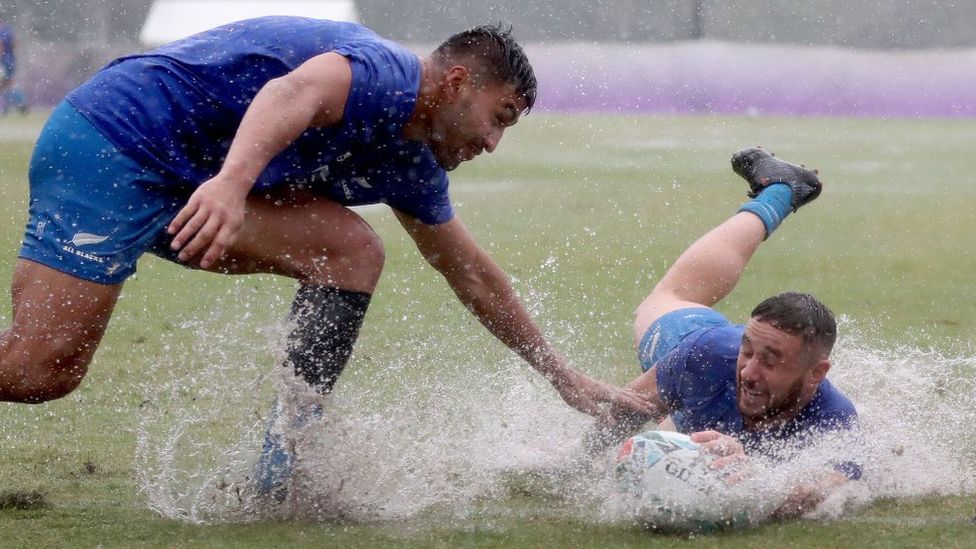Common Sports Injuries, Symptoms, And Treatement

Sports injuries occur during exercise or while participating in a sport, they are usually as a result of accident, poor training practices, or improper gear. You’re also at risk of sports injuries if you haven’t been regularly active, or you have no proper warm up before exercise.
The common sport injuries are:
Sprains and strains
A sprain is overstretching or tearing of ligaments. The ligaments are pieces of tissues that connect bones at a joint. Sprains can be caused by falling, twisting, or getting hit. The ankle and wrist are the common places sprains occur.
Strain is the overstretching or tearing of muscles or tendons. Tendons are thick, fibrous cords of tissue that connect muscle to bone. Strain can occur by twisting or pulling of these muscles. Strains commonly occur at the back and hamstring muscle.
Symptoms
- Pain
- Swelling and bruising
- Joint immobility
- Muscle spasms
Treatment
- Rest: Stop activity right away, rest the injured part until it’s less painful. You can log in to 20Bet to bet on sports while resting.
- Ice: Wrap an ice pack or cold compress in a towel and place over the affected part immediately.
- Compression: Wear an elastic compression bandage for at least 2 days.
- Elevation: To decrease swelling, raise the injured part above heart level
Knee injuries
Knee injury is any type of injury that affects the knee joint and how it functions. Knee injuries can be as a result of overstretching or a tear in the muscles or tissues in the knee.
Treatments and symptoms vary with individual knee injuries. Injury to the anterior cruciate ligament (ACL) is a common knee injury in sports.
Fracture

A fracture is a break in the bone. Fractures can occur in car accidents, falls, or sports injuries. There are other causes of fracture like low bone density and osteoporosis, and overuse of the bones.
Symptoms
- Intense pain
- Deformity – the limb looks out of place
- Swelling and bruising
- Tenderness around the injury
- Numbness and tingling sensation
- Immobility of injured area
Treatment
For fractures, you need to get medical care right away. An x-ray can be done to tell if your bone is broken, you may need to wear a cast or splint or surgical intervention to put in plates, pins or screws to keep the bone in place.
Dislocation
Dislocations are injuries to the joints that force the ends of your bone out of its socket. It is often caused by a fall or a blow. Dislocations can occur at your ankles, knees, shoulders, hips, elbows, jaw, fingers and toe joints.
Symptoms
- Swelling
- Pain
- Weakness
Treatment
A dislocated joint is an emergency, it requires urgent medical attention.
Treatment options can include
- Manipulations to reposition the bones
- Medications
- A splint or sling
- Rehabilitation.
Conclusion
Sports injuries are better prevented than treated. The best way to prevent sport injury is proper warm up and stretching.
Remember, cold muscles are prone to over stretching and tears. Warm muscles are more flexible and make injury less likely.
Take necessary action to avoid sports injury.